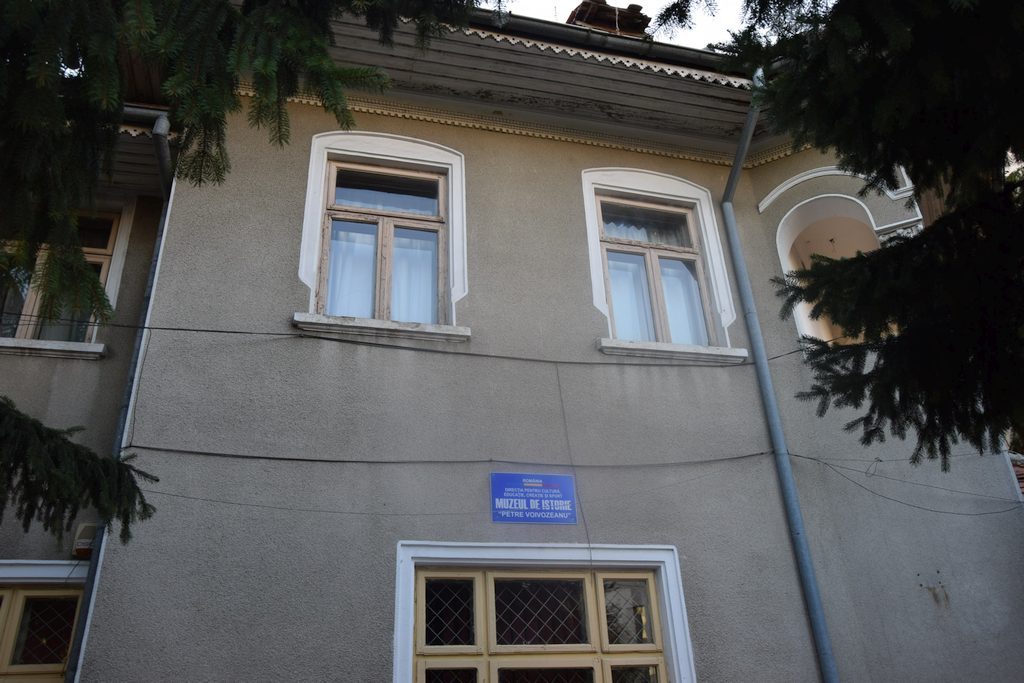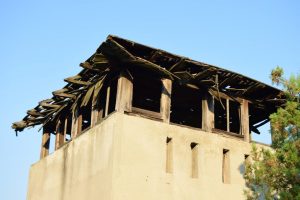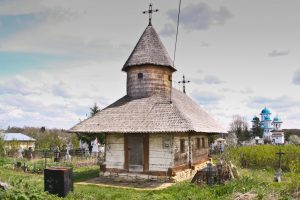

The Municipal History Museum in Roșiorii de Vede, through its purpose of an institution focused on human personality forming activity, registers, together with other educational factors, as an acute necessity of the town’s spiritual life. Here is where visitors come into contact with testimonies of the distant pat, over which time has carefully flown, giving them a significance of symbol.
It holds archeology, numismatics, ethnography, urban ethnology collections, historical and artistic archive.
There are neolitic materials exposed in it, weapons and ceramics type Dridu and Albești, original documents and panels referring to the 1907 riot.
The Municipal History Museum in Roșiorii de Vede, contains the history of a 600 year settlement. This country corner has an extremely rich past, his presence in the country’s history being reflected in many materials resulting from archeological diggigs in the area: the Mycenian sword (14th century b.C), the treasure in Peretu (4th century b.C.), many tools and iron weapon in the Dacian fortress in Albești (4th- 3rd century b.C ), the stone in Socetu (3rd 4th centuries) with an inscription in Latin and the discoveries in Dulceanca (4th 6th centuries). The limesul transalutanus is worth mentioning, an impressive defense wall aproximately 6m high, dating back to the Roman times. It started in Turnu Măgurele, gone through Putineiu, Roșiorii de Vedeand ended in Râșnov.
The stone was the object of some archeological research done in 1981-1982 by archeologist Ioana Bogdan-Cataniciu, who also researched the Roman camp in Urlui, near the town, towards the south west.
As of 2004, considering the new persectives in museography and museology, The Municipal History Museum reprofiled its permanent exhibit towards local history.
The two rooms were arranged: the ethnography room and urban ethnology room with sequences from the daily life in Roșiorii de Vede at the end of the 19th century and the first half of the 20th.
The archeology exhibit was reorganized where the main objects are represented by the Mycenian sword (14th century b.C), randomly discovered in 1937, in the south west part of town, the treasure in Peretu (4th century b.C.), discovered in a royal grave with a tumulus, belonging to a representative of local Thracian Getic aristocracy and the stone in Socetu (3rd 4th centuries).




